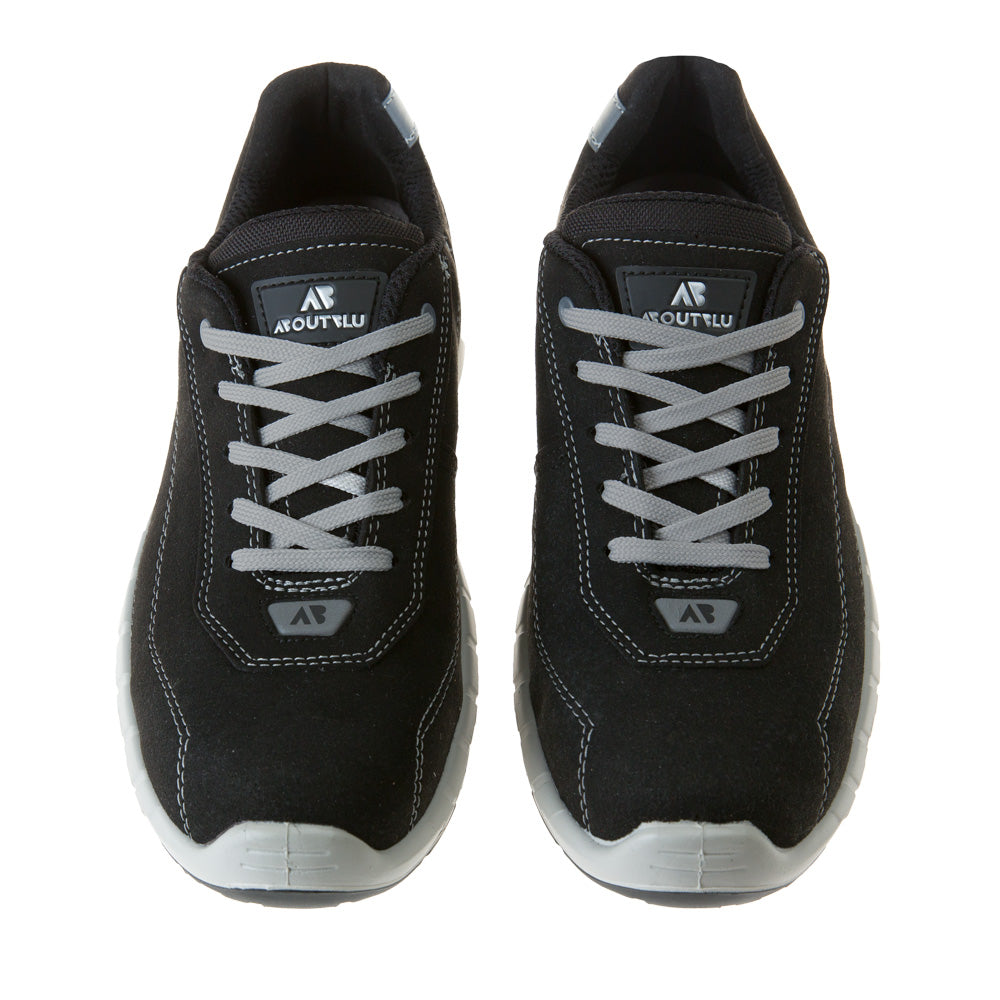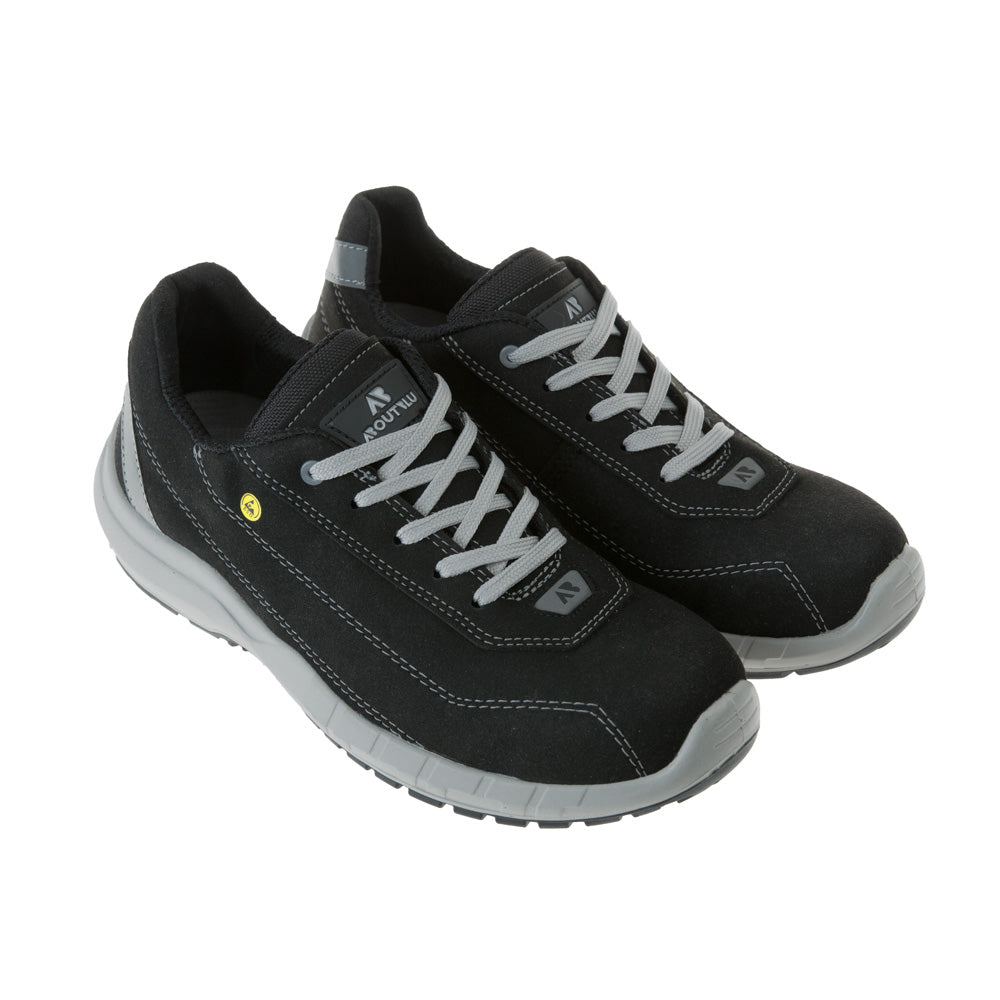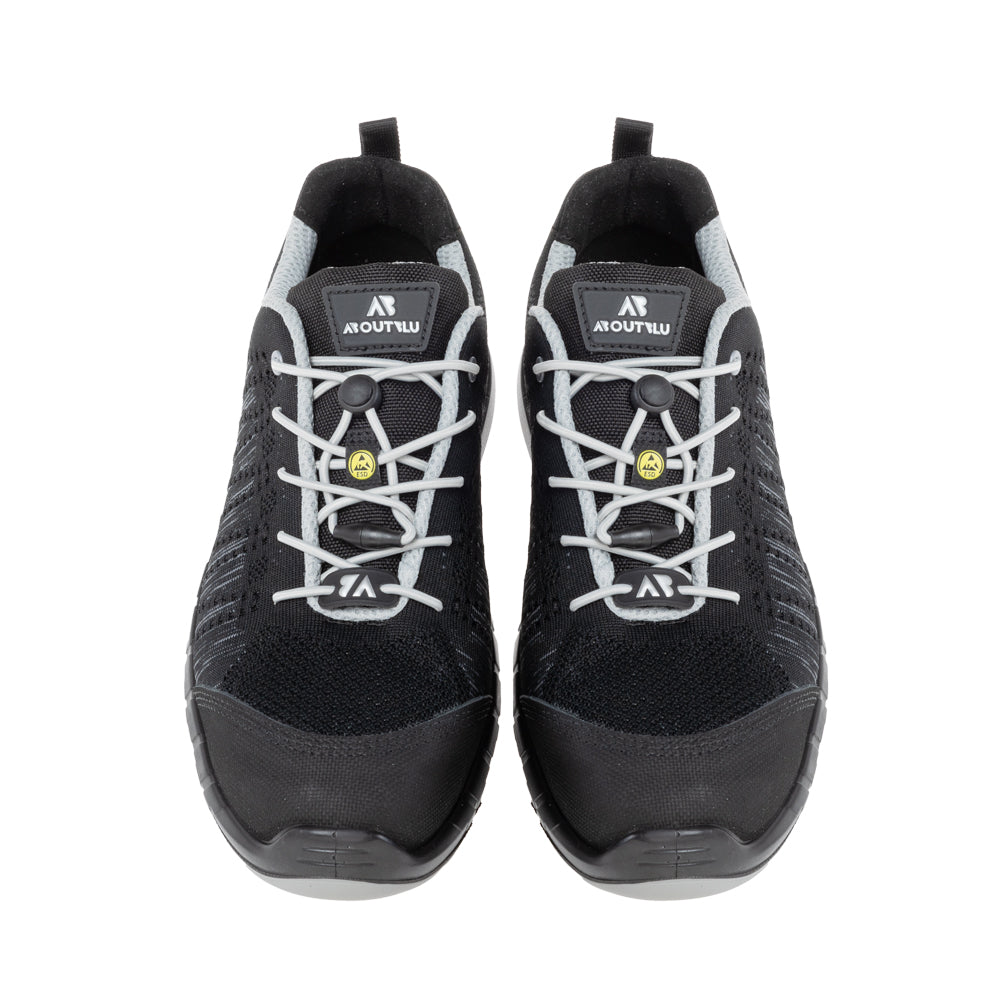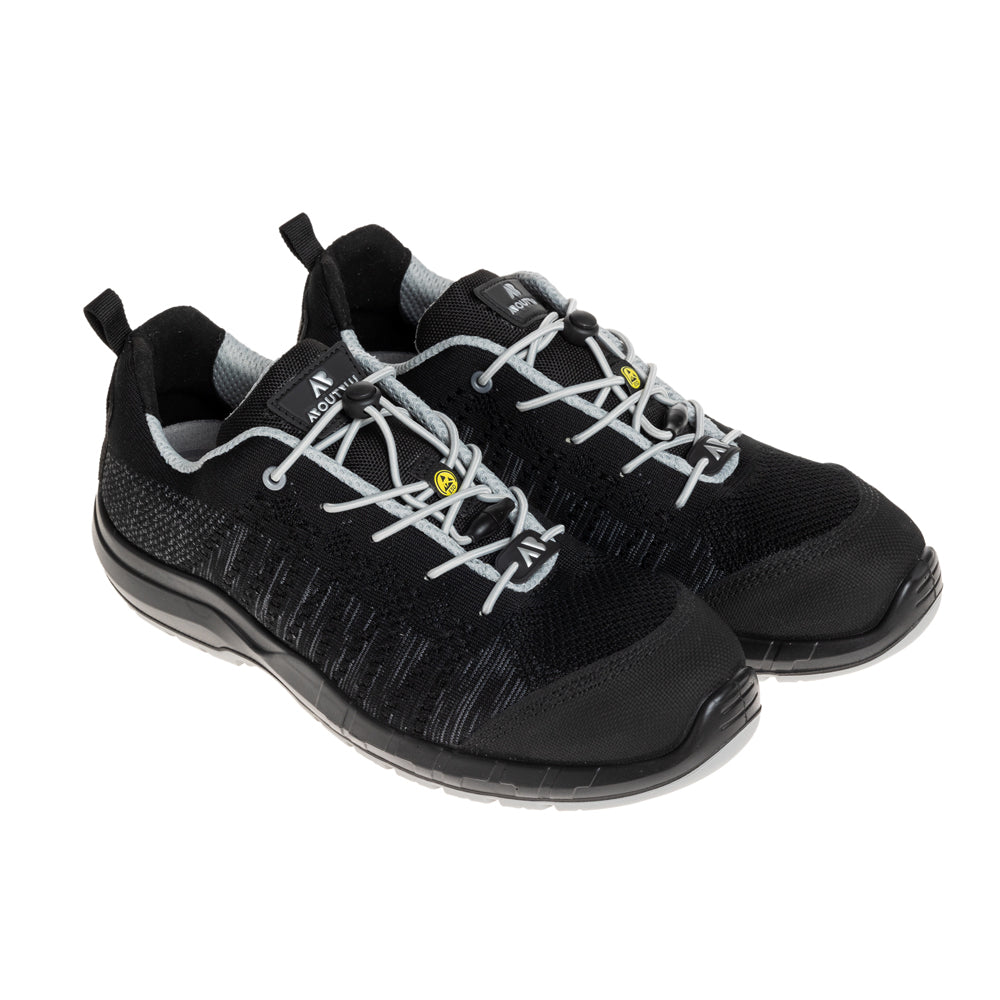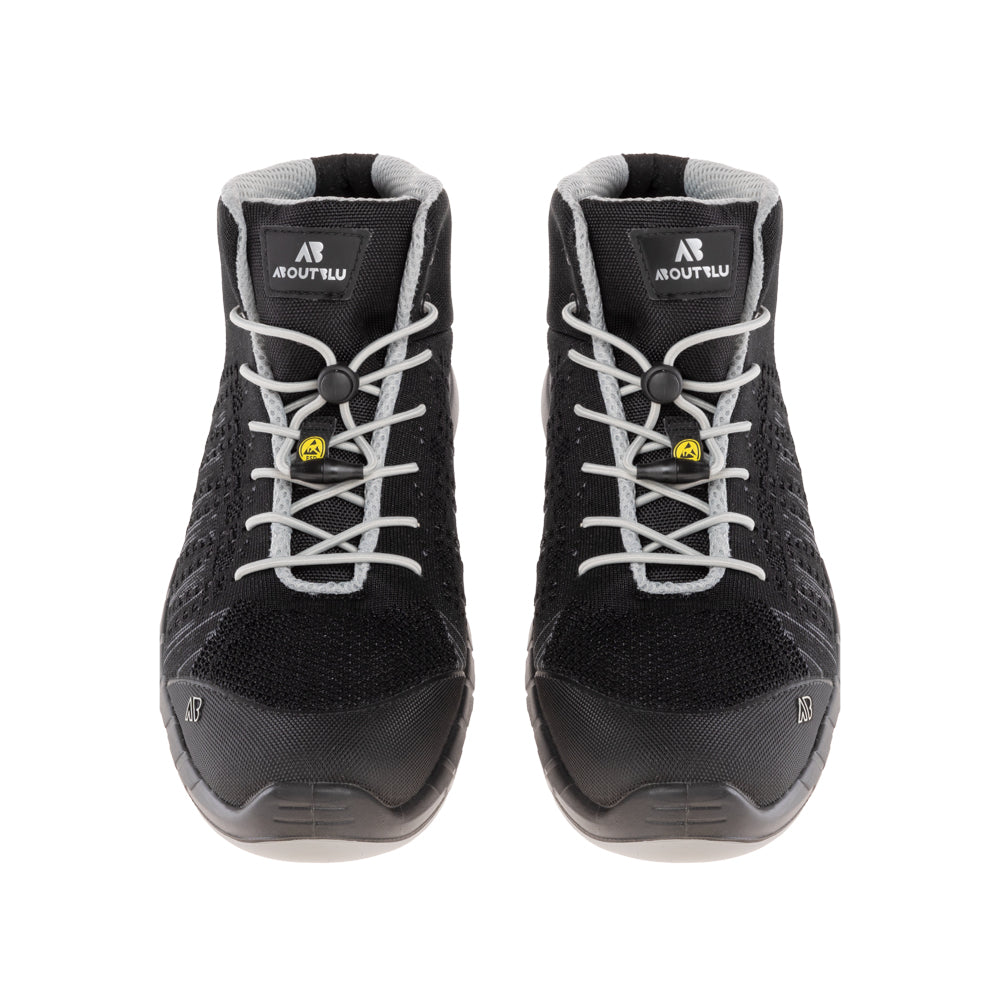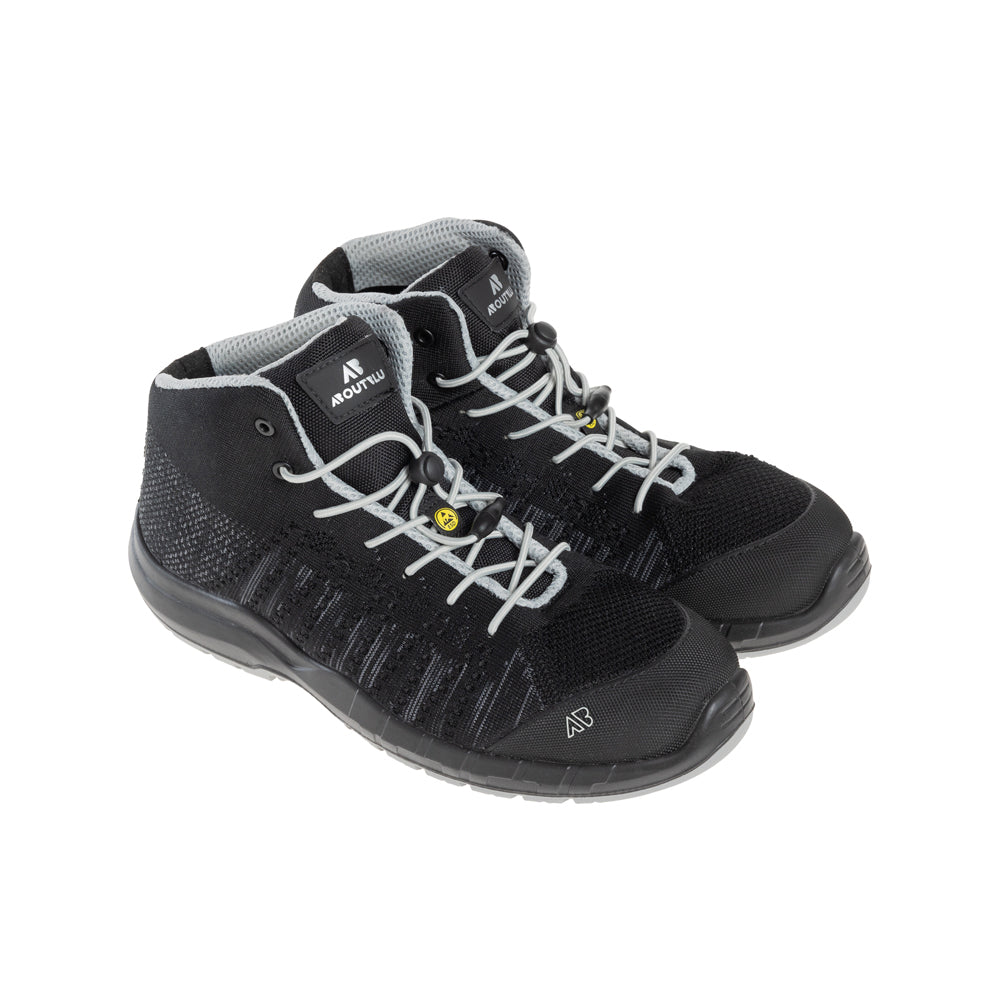You can read a site in the first two minutes. Look at the rail by the door. A clean line of bright vests, labels readable, tape unscuffed. Or the other picture. Faded panels, cracked strips, a muddle of classes. This guide clears the fog. If you are searching for EN ISO 20471 standards, here is what the rulebook means on the ground in 2025 and how to buy and maintain kit without the drama.
We will keep it practical. Labels you can read. Classes you can choose with confidence. A simple way to stock the right mix for your crews.
What EN ISO 20471 covers
EN ISO 20471 sets the test methods and performance requirements for high-visibility clothing used by professionals. It defines approved colours, minimum areas of fluorescent background and retroreflective material, brightness levels and how the materials must be positioned so people are seen in daylight and in headlights at night.
The three classes in plain English
Classes are based on how much visible area the garment presents and on the quality of the reflective elements.
-
Class 1 is the lowest level. Often, lower-body garments are used with other kit in low-risk areas.
-
Class 2 is the practical middle ground. The classic sleeveless vest lives here and suits a lot of yard and warehouse work.
-
Class 3 is the highest. Jackets, sleeved vests or jointly certified sets that achieve the class 3 total across top and bottom for high-risk tasks or fast traffic.
A quick label tip. Keep one new vest in a sealed bag as a control sample. Use it to compare colour and tape during weekly checks. It turns opinion into a simple yes or no.
2025 housekeeping that keeps you compliant
Nothing headline new lands on your rail today, but there are two live habits worth noting.
One, buy to EN ISO 20471 with the class that matches your risk. On the railway, orange is the rule under the rail sector specification, so park the colour debate and follow that.
Two, keep your declarations and care notes tidy and in English. The label tells you the standard and the class, and the technical file declares the wash method used in testing. That wash life number is your scheduled stop for replacement.
EN ISO 20471 or EN 17353
You will see EN 17353 mentioned in catalogues. That standard covers enhanced visibility for medium risk situations. It does not replace EN ISO 20471 for professional high risk work. If your assessment says high risk, stay with 20471. If visibility would help but risk is lower, 17353 may be enough for certain roles. Keep the lines clear and write the choice into your brief so buyers and supervisors are aligned.
How to read the label like a buyer
Pick up any compliant vest or jacket and check four things.
1 Standard and class. You want EN ISO 20471 with the class number that matches your risk.
2 Declared wash life. The label or technical file states the maximum number of wash cycles used in testing. Treat that as your scheduled stop, even if the vest looks decent at a glance.
3 Colour. The standard accepts yellow, red and orange red. Choose against your background so people stand out.
4 Joint certification. If you are aiming for class 3 via jacket and trousers, look for the note that confirms the combination achieves class 3 together.
Choosing the right class with no second-guessing
-
Low vehicle speeds in controlled yards. Class 1 on the lower body can be fine, but class 2 on the torso is usually the cleaner answer because people actually wear it.
-
General warehousing and busy yards with lift trucks. Class 2 as your default, with sleeves or a jacket in poor light or bad weather.
-
High-risk work near traffic or mobile plant outdoors. Make class 3 the habit. Either a sleeved jacket or a jointly certified set that reaches class 3 totals.
If you work lineside, orange garments only and follow the sector rules. Simple and non-negotiable.
Care, maintenance and wash life
Two parts fail first on high-visibility kit. The fluorescent background and the retroreflective tape. Protect both.
Warm wash with a quality detergent. Close hook and loop and zips. Turn garments inside out. Avoid chlorine bleach. Avoid fabric softener that can coat tape and dull the return. Dry gently and never press directly over reflective strips. Keep a control sample for colour checks and inspect tape for cracks and lifting. Retire garments at the declared wash count or earlier if checks fail. This aligns with the duty in UK law to maintain PPE in an efficient state and good repair. It is also the easiest story to tell during audits because it is based on the maker’s declared performance.
Common pitfalls that cause non-compliance
-
Logos that steal area. Oversized branding can knock a vest below the minimum background area for its class. Confirm class after decoration.
-
Bodged repairs. Sticking reflective tape back on with glue gets you through one shift and leaves you outside the standard. Retire and replace.
-
Wrong colour in the wrong place. Rail work means orange. Warehouse yellow is not a rail garment.
-
Assuming one class fits all. A sleeveless class 2 vest on a dark winter job near traffic is not the right choice. Move up to class 3 and sleeves.
Procurement notes you can hand to your buyer
Write it the way a human reads and make your stock easy to top up.
-
Standard and class upfront. EN ISO 20471 and the class that matches your risk profile.
-
Rail rules. If you touch the railway, specify orange garments that meet the rail sector requirement.
-
Declarations. Keep declarations of conformity with the file for each garment family.
-
Wash life. State the declared cycles in the purchase order and write your retirement rule next to it.
-
Size and fit. Buy a spread of sizes and allow for winter layers. Comfortable kit gets worn.
Where to kit up with the right mix
Keep your buying simple and consistent with one trusted range. These four hubs make building a rail fast and tidy across teams and seasons.
-
Explore the full high-visibility safety range for core kit and accessories
Hi Vis safety hub -
Outerwear that carries more area for higher classes and bad weather
Hi Vis jackets -
Everyday work tops that keep visibility consistent across the day
Hi Vis polos -
Smart site wear when you need collars and a clean look without losing visibility
Hi Vis shirts
Build your rail from these four, then add specialist items as your risk assessment requires. One supplier, one shade standard, one set of labels your supervisors already understand.
Quick reference you can print
-
Classes. One low, two medium, three highest.
-
Colours. Yellow, red, orange red. Choose against your background.
-
Label. Check the standard, class, care and declared wash life.
-
Replacement. Retire at the declared wash count or sooner if colour fades or tape fails.
-
Records. Keep a one page log by the laundry area. Simple, dated, legible.
Before you sign off the order
Take one quiet minute by the rail. Pick a vest. Read the label out loud. Standard. Class. Wash life. That tiny habit does more for compliance than a dozen posters. If you want to be even tidier, print the class table and tape it inside the cabin door with your control vest hung next to it. People copy what they see, not what they were told once during induction.
The standard gives you the map. Your job is to make it real. Buy the right class for the job, insist on clear labels, keep a simple log of wash cycles and replace garments when they have earned their rest. Do that and the morning rail tells the same story every day. Bright. Clean. Ready.





